The mesmerizing, untamed beauty of Michigan’s wolves captivates nature enthusiasts and wildlife biologists alike. Over the past few decades, these majestic predators have been gradually expanding their range beyond the lands initially designated for their protection. This phenomenon has sparked curiosity and debate about the factors driving their movement, the ecological implications, and the long-term future of wolf conservation in Michigan.
Understanding Michigan’s Wolf Population
The resurgence of wolves in Michigan is a tale of successful conservation. Once nearly eradicated due to hunting and habitat loss, gray wolves have rebounded since the 1980s thanks to stringent protective measures. Today, their population is primarily concentrated in the Upper Peninsula, though sightings are increasingly reported south of the Mackinac Bridge.
Historical Context of Wolf Conservation in Michigan

Decades ago, wolves were considered vermin and suffered accordingly. By the mid-20th century, they had vanished from the Lower Peninsula. It wasn’t until the Endangered Species Act was enacted that wolves received federal protection, catalyzing recovery efforts across the state.
Factors Driving Wolves Beyond Protected Areas

Multiple factors are encouraging wolves to wander beyond designated zones. Growth in the population density within these areas naturally pushes some wolves out in search of new territories. Additionally, a robust prey base and territorial instincts contribute to this expansion.
Understanding Wolf Behavior and Mobility

Wolves are inherently territorial creatures that require significant space to roam and hunt. Each pack controls a large area, which can range from 50 to 1,000 square miles. As young wolves mature, they often disperse to establish their own territories, often leading them beyond protected lands.
The Role of Prey Availability

A key driver in wolf dispersion is the abundance of prey. Michigan offers a diverse prey base of deer and smaller mammals, which acts as a magnet for wolves seeking ample food resources to sustain and grow their packs.
Human Impact on Wolf Migration Patterns

Human activity, such as urban expansion and deforestation, alters natural landscapes and may inadvertently facilitate wolf movement into new areas. Roads and development can create corridors that wolves use to explore new territories, though they may also pose dangers.
Ecological Implications of Wolf Expansion
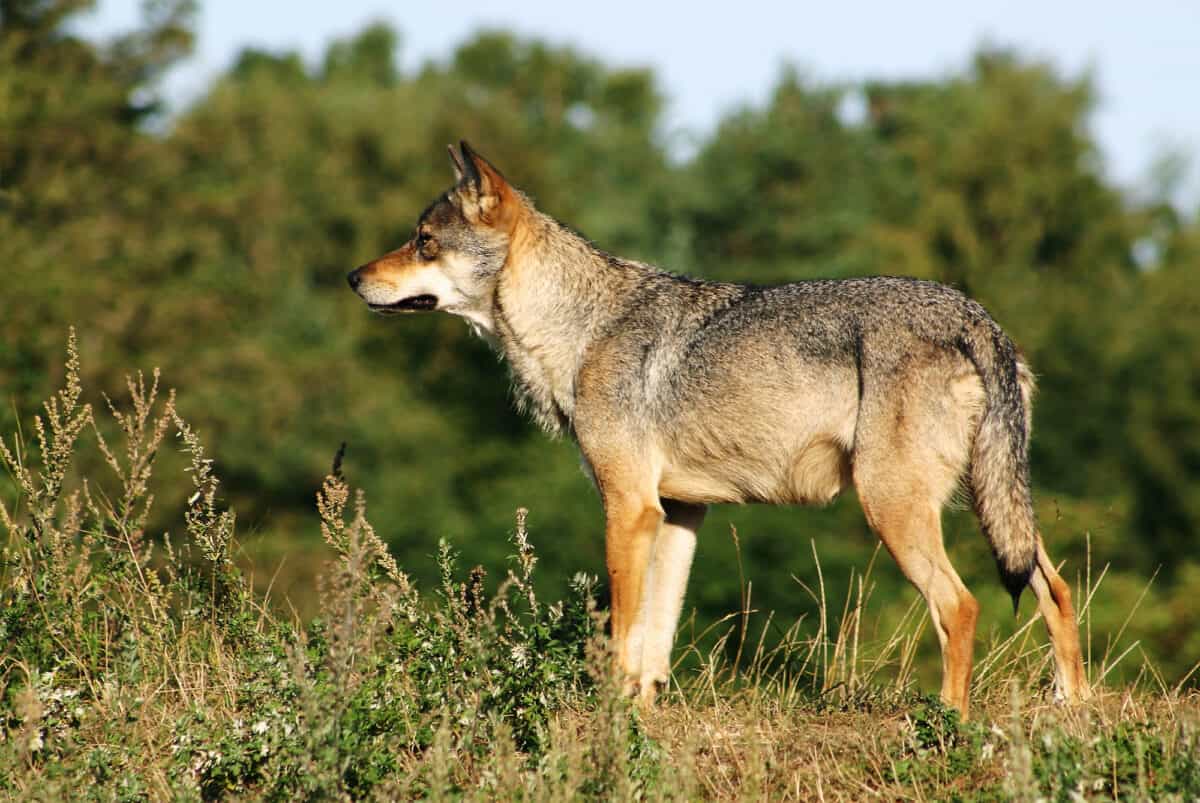
The expansion of wolves impacts the ecosystem significantly. As apex predators, they play a crucial role in maintaining the balance of wildlife populations. Their predation helps control deer numbers, preventing overgrazing and fostering forest regeneration.
Challenges of Managing Expanding Wolf Populations
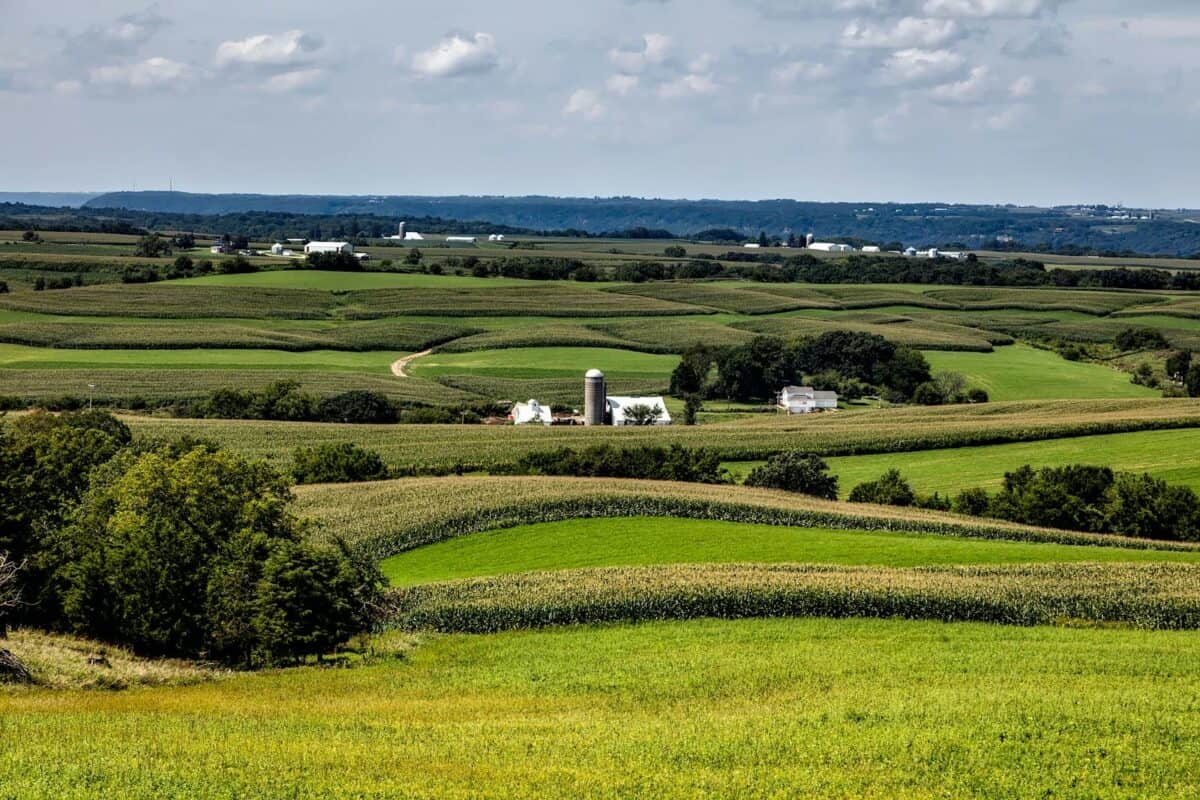
With wolves venturing into new regions, management becomes more intricate. Balancing conservation with human interests, particularly those of local communities and farmers, poses a challenge, necessitating collaborative strategies and adaptive management plans.
Public Perception and Coexistence
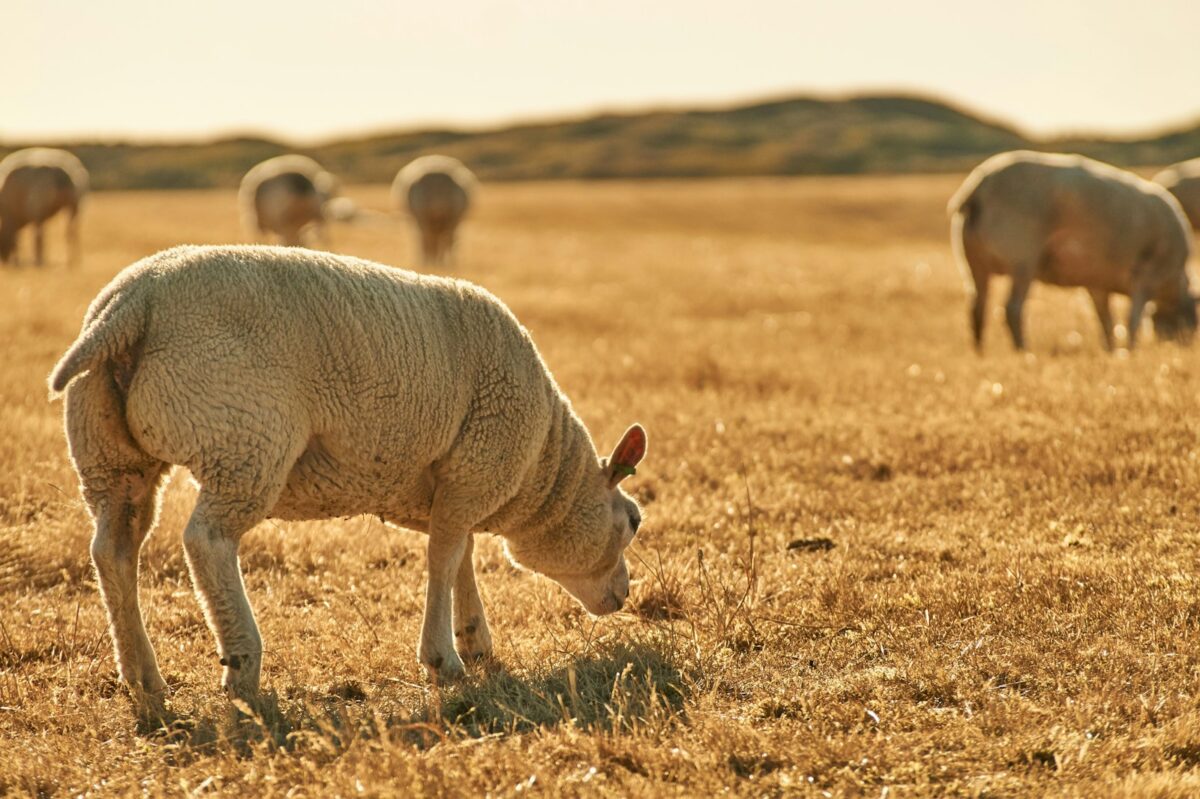
Public opinion on wolves is polarized; while some view them as symbols of wilderness and conservation success, others see them as threats to livestock and pets. Education and awareness are crucial for fostering coexistence and mitigating conflicts.
Legislative and Policy Considerations

As the wolf population expands, legislative frameworks must adapt to ensure sustainable management. Debates over delisting wolves from endangered status illustrate the need for policies that balance ecological success with the realities of human-wolf interactions.
The Future of Wolves in Lower Michigan
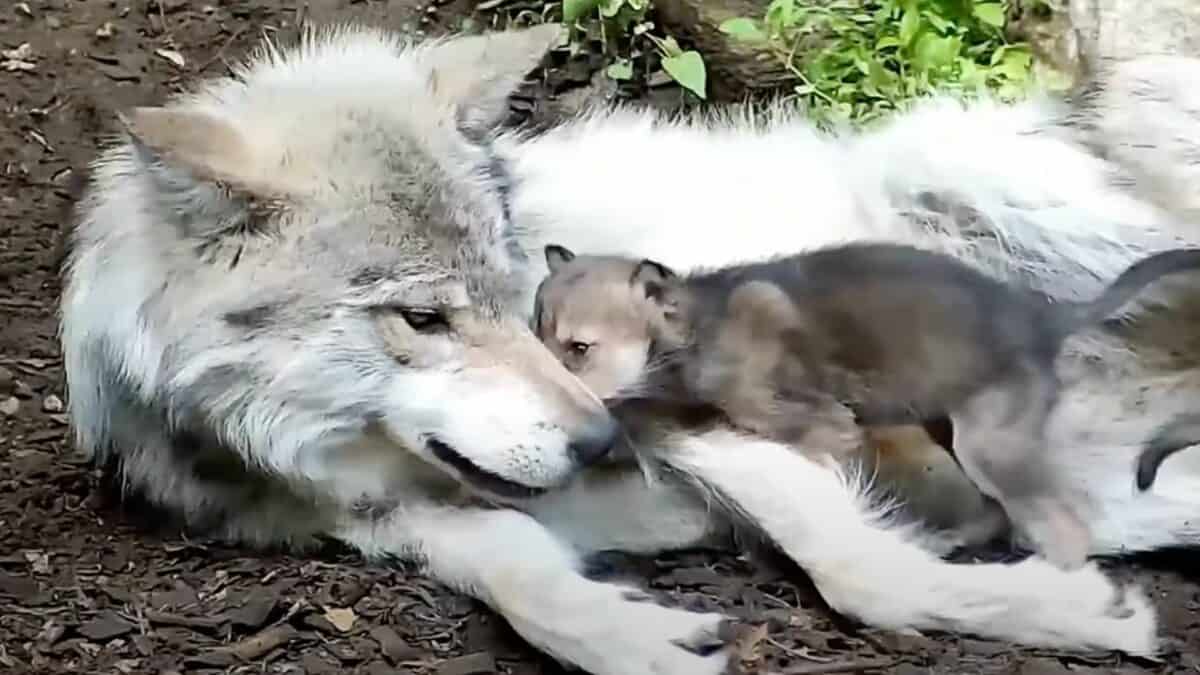
As wolves continue to disperse beyond their traditional territories, the prospect of them establishing populations in the Lower Peninsula is becoming more feasible. Ongoing research and monitoring will be essential in understanding the trajectory of these populations.
A Balanced Approach to Wolf Conservation
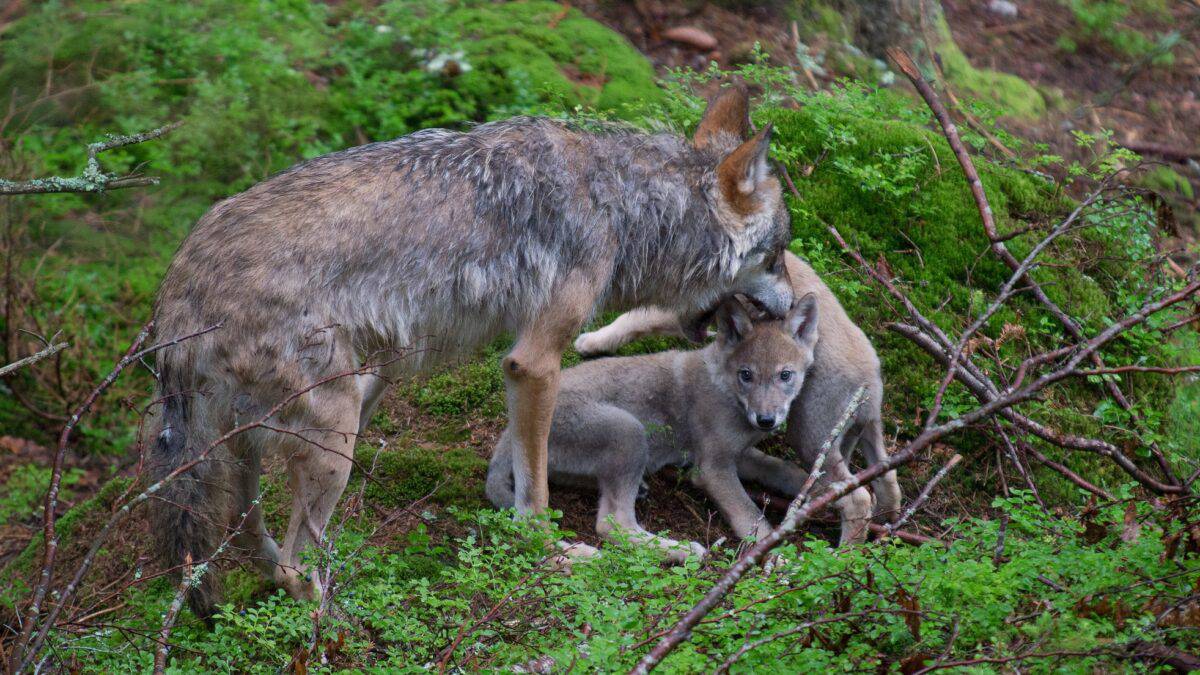
The expansion of Michigan’s wolves beyond protected areas is an indicator of a recovering species, highlighting the progress made in wildlife conservation. However, it also underscores the need for adaptive management that aligns with ecological sustainability and human interests. By understanding and addressing the factors driving this expansion, we can foster a future where wolves continue to thrive as a vital part of Michigan’s natural heritage.
In summary, Michigan’s wolves are expanding their territories due to successful conservation efforts, plentiful prey, and territorial instincts. This expansion presents both opportunities and challenges, highlighting the need for thoughtful management and community involvement to balance ecological health with human-wolf coexistence.
- The Most Unique Fish Found in the Great Lakes of Illinois - August 22, 2025
- The Most Dangerous River in the US—And Why It’s Not What You Expect - August 22, 2025
- Why Michigan’s Wolves Are Expanding Beyond Their Protected Areas - August 22, 2025

